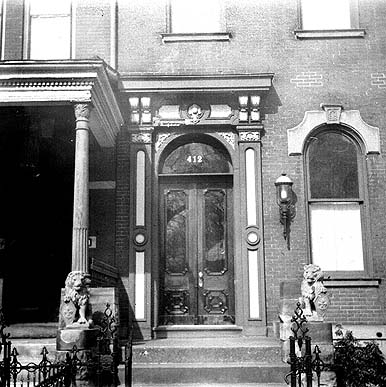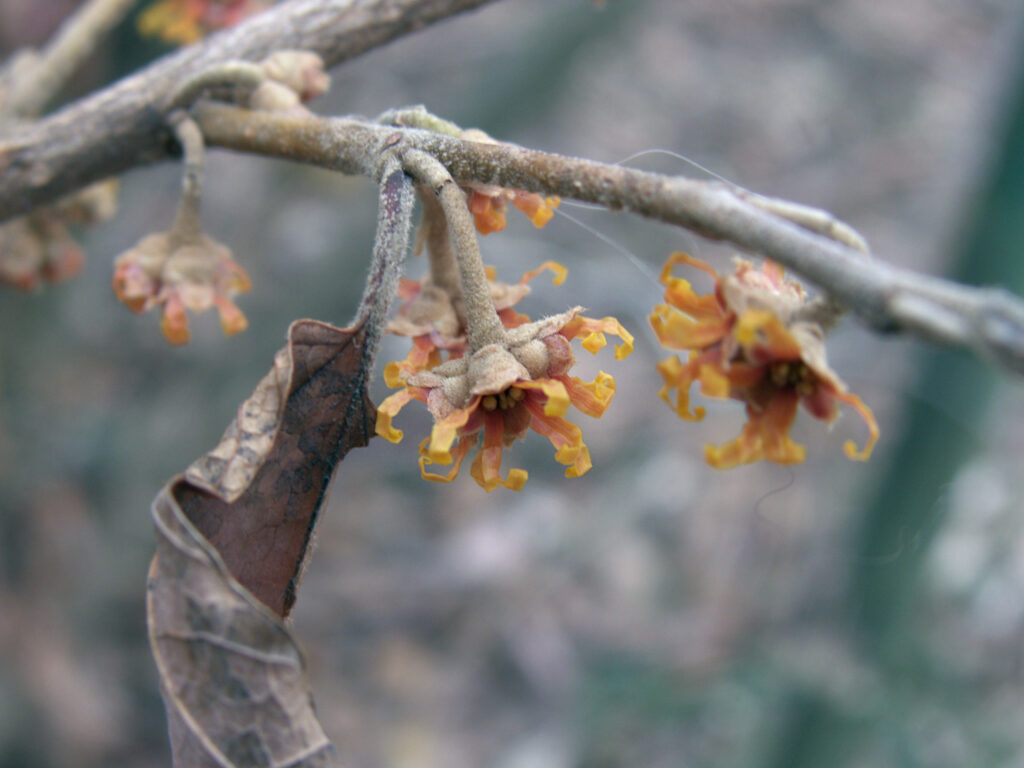
A couple of blocks of North Avenue, where we can see some fine Italianate houses of the Civil War era, interspersed with some towering Queen Anne mansions. We start at the corner of Palo Alto Street, where a Queen Anne house makes the most of a tiny lot by going up to a fourth floor.


These two houses share splendid porches, probably added later, since the porches match even though the houses do not. The owners of the houses have coordinated their efforts, so that the porches match.

Three more modest houses, though their full third floors give them a generous allotment of bedrooms.

A pair of houses that were both the peak of elegance in different eras. The Italianate one on the right goes for a simpler dignity; the Queen Anne on the left pulls out all the stops to make the most picturesque composition possible. Note the relative heights, by the way: high ceilings were a feature of the Italianate style in better houses, so that the house at left adds one more floor in exactly the same vertical height.
Seventeen years ago, Father Pitt published a picture of the front door of the house on the right. The picture was taken on 120 film with a folding Agfa Isolette.



Two simple and attractive Italianate houses, one of which has grown a partial fourth floor.

Here is an interesting document of how the neighborhood has changed. The house at left was originally an Italianate residence; the corner store may have been original or may have been added later. The projecting commercial building next to it, which probably dates from about 1920, was added when the house was taken over by the United States Casket Company, later the Melia Casket Company, which still inhabited the building until about twelve years ago. Both buildings have had a thorough renovation since the casket-makers moved out.



Two different interpretations of Italianate, one of which has sprouted an inartistic dormer to give it a fourth floor.


Finally, a center-hall house in a kind of late Greek Revival style; it occupies a double lot.

Comments






























